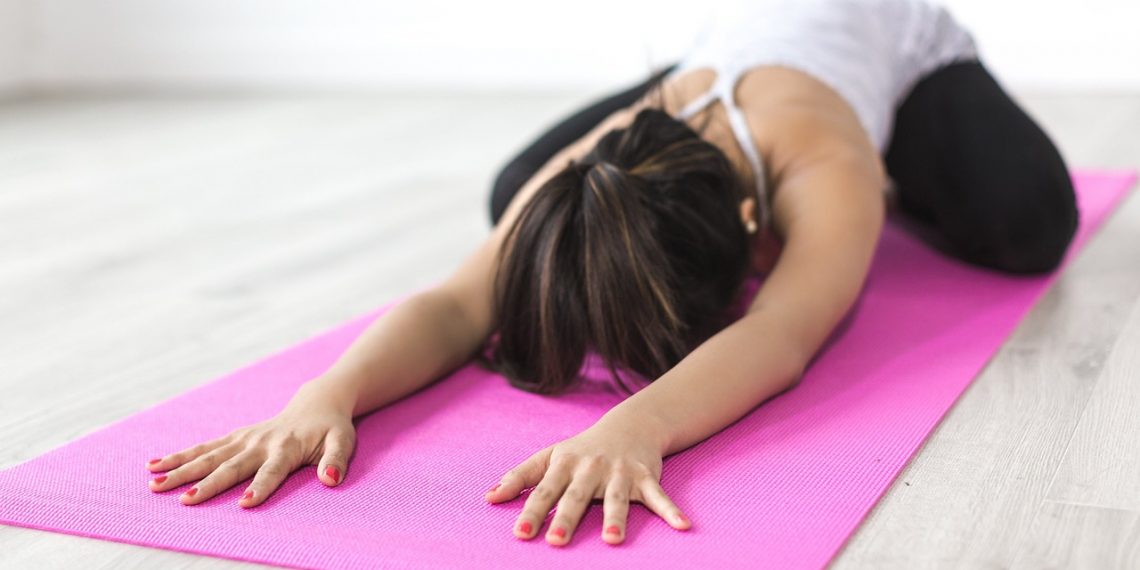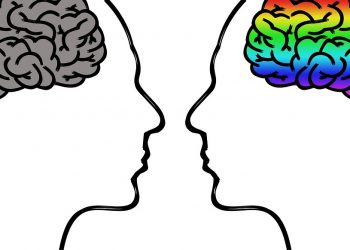Have you ever had one of those days where your mind feels like it’s racing at a thousand miles an hour? I mean, we’ve all been there—juggling work, family, and the endless to-do lists. Sometimes, all you need is a moment of peace, a quick reset to regain your focus and calm. Enter yoga.
While it may seem like just a series of stretches, yoga is a powerful tool that can transform your mental state almost instantly. In this article, we’ll explore five yoga poses specifically designed to calm your mind and help you find that sweet spot of tranquility.
Contents
1. Child’s Pose (Balasana)
What It Is
Child’s Pose is one of the most restorative poses in yoga. You kneel on the floor, sit back on your heels, and stretch your arms forward, resting your forehead on the ground. This pose mimics a fetal position, which naturally evokes feelings of safety and comfort.
Benefits
- Deep Relaxation: This pose helps to relax the spine and relieve tension in the back, neck, and shoulders.
- Mental Calmness: The gentle forward bend encourages introspection and can help quiet the mind.
- Breath Awareness: Focusing on your breath while in this pose can deepen your relaxation.
How to Do It
- Start on your hands and knees.
- Bring your big toes together and sit back on your heels.
- Extend your arms forward and lower your forehead to the mat.
- Close your eyes and breathe deeply. Hold for 1-3 minutes.
Pros and Cons
Pros: This pose is accessible to most people and can be modified easily.
Cons: Some may find it uncomfortable if they have knee issues. If that’s the case, you can place a cushion or blanket under your knees for support.
2. Legs-Up-The-Wall Pose (Viparita Karani)
What It Is
This pose involves lying on your back and extending your legs up against a wall. It’s a great way to reverse the flow of blood in your body, promoting relaxation and reducing anxiety.
Benefits
- Reduces Anxiety: This inversion can help calm the nervous system.
- Improves Circulation: Elevating your legs helps to alleviate swelling and promotes better circulation.
- Encourages Mindfulness: Spending time in this pose allows you to focus on your breath and let go of racing thoughts.
How to Do It
- Sit next to a wall and lie back, swinging your legs up so they rest against the wall.
- Your body should form an L-shape.
- Relax your arms at your sides, palms facing up.
- Stay in this position for 5-15 minutes, focusing on your breath.
Pros and Cons
Pros: This pose is incredibly restorative and can be done anywhere with a wall.
Cons: If you have lower back issues, this pose may not be suitable. Always listen to your body.
3. Cat-Cow Stretch (Marjaryasana-Bitilasana)
What It Is
The Cat-Cow stretch alternates between arching and rounding your back, promoting flexibility in the spine and offering a gentle massage to the organs in your belly.
Benefits
- Relieves Tension: This dynamic movement helps to release tension in the spine and neck.
- Boosts Mood: The rhythmic flow can uplift your spirits and help you feel more grounded.
- Enhances Breath: Coordinating your breath with movement can help calm your mind.
How to Do It
- Start on your hands and knees in a tabletop position.
- Inhale as you arch your back (Cow Pose), lifting your head and tailbone.
- Exhale as you round your back (Cat Pose), tucking your chin to your chest.
- Repeat for 5-10 cycles.
Pros and Cons
Pros: This pose is great for warming up the spine and can be done at any time.
Cons: If you have wrist issues, placing a folded blanket under your hands can provide extra support.
4. Forward Bend (Uttanasana)
What It Is
In this pose, you stand and fold forward, letting your head hang heavy. It’s a fantastic way to release tension, especially after a long day.
Benefits
- Calms the Mind: The forward bend promotes a sense of surrender and can help quiet racing thoughts.
- Stretches the Hamstrings: It provides a deep stretch for the back of your legs.
- Improves Mood: The inversion encourages blood flow to the brain, which can improve your mood.
How to Do It
- Stand tall with your feet hip-width apart.
- Inhale and raise your arms overhead.
- Exhale and fold forward from your hips, letting your head hang heavy.
- Hold onto your elbows or let your hands touch the floor, and stay for 1-3 minutes.
Pros and Cons
Pros: This pose is easy to do and can be modified by bending your knees.
Cons: If you have back problems, be cautious and avoid forcing the fold.
5. Savasana (Corpse Pose)
What It Is
Often considered the most important pose in yoga, Savasana involves lying flat on your back and completely relaxing your body. It’s typically practiced at the end of a yoga session but can be done any time you need to unwind.
Benefits
- Total Relaxation: This pose allows your body to absorb the benefits of your practice and promotes deep relaxation.
- Mental Clarity: It encourages a state of mindfulness and can help clear your mind.
- Stress Relief: By lying still and focusing on your breath, you can significantly reduce stress levels.
How to Do It
- Lie flat on your back with your legs extended and arms at your sides, palms facing up.
- Close your eyes and take deep, slow breaths.
- Allow your body to sink into the ground and stay for 5-15 minutes.
Pros and Cons
Pros: This pose is incredibly restorative and can be done anywhere.
Cons: Some people may find it difficult to stay still for long periods, so it’s okay to start with shorter durations.
FAQs
1. How long should I hold these poses?
Holding each pose for 1-3 minutes is a good starting point. You can gradually increase the duration as you become more comfortable.
2. Can I do these poses without prior yoga experience?
Absolutely! These poses are beginner-friendly and can be adapted to suit your comfort level.
3. How often should I practice yoga for mental calmness?
Even a few minutes of yoga each day can make a significant difference. Aim for consistency rather than duration.
4. What if I can’t get into the poses correctly?
Don’t worry! Yoga is about finding what feels good for your body. Use props like blocks or cushions to make the poses more accessible.
Conclusion
Finding calm in our fast-paced world can be challenging, but incorporating these five yoga poses into your routine can provide a quick mental reset. Whether you’re facing a stressful day at work or just need a moment of tranquility, these poses can help you reconnect with yourself and find that inner peace.
So, next time you feel overwhelmed, roll out your mat and give these poses a try. You might be surprised at how quickly they can help you find your center.
Remember, yoga is a journey, not a destination. Enjoy the process and be kind to yourself along the way.
This article is for educational purposes only and is not a substitute for professional medical advice. Always consult a qualified healthcare provider before making changes to your health routine.
References
- Cohen, M. (2016). The Effects of Yoga on Mental Health: A Comprehensive Review. Journal of Clinical Psychology. https://doi.org/10.1002/jclp.22329
- National Institutes of Health. (2021). Yoga: In Depth. National Center for Complementary and Integrative Health. https://nccih.nih.gov/health/yoga/introduction.htm
- Mayo Clinic. (2022). Yoga: What You Need to Know. https://www.mayoclinic.org/healthy-lifestyle/fitness/in-depth/yoga/art-20045540
Get Your FREE Natural Health Guide!
Subscribe now and receive our exclusive ebook packed with natural health tips, practical wellness advice, and easy lifestyle changes — delivered straight to your inbox.














